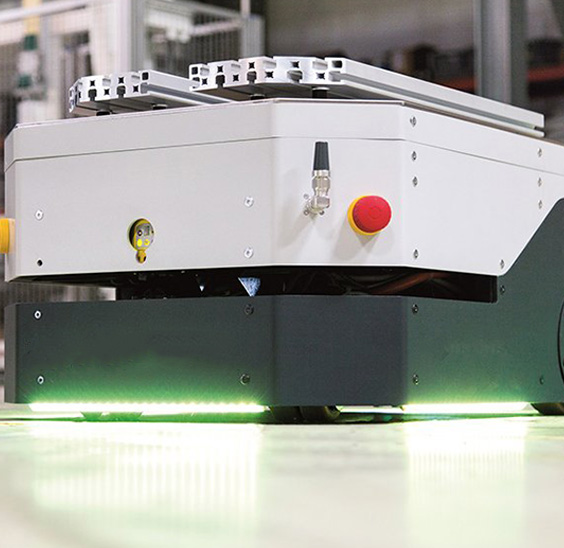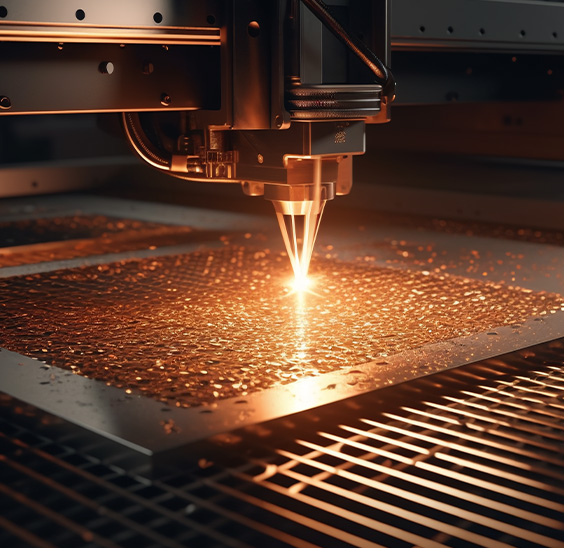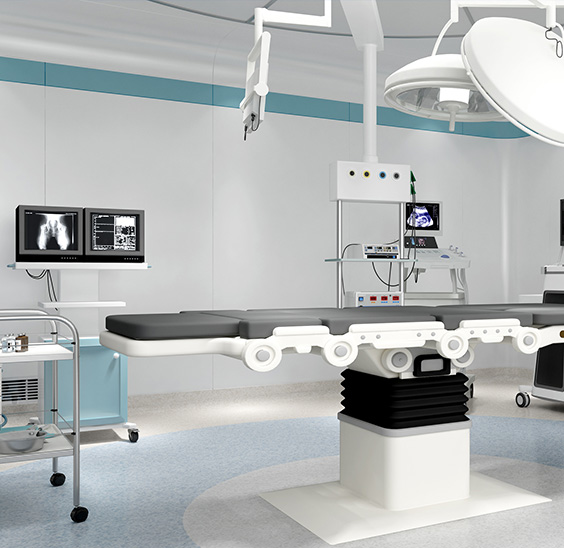How to Troubleshoot Air Leaks in an S-Cam Brake Chamber Assembly?
Air leaks in an S-Cam brake chamber assembly are more than just an annoyance—they’re a critical safety hazard. A single leak can reduce braking efficiency, accelerate component wear, and even lead to catastrophic failure in commercial vehicles. For mechanics, fleet managers, and drivers, mastering air leak troubleshooting is not optional; it’s a non-negotiable skill.
Why Air Leaks Demand Immediate Attention
S-Cam brake chambers rely on compressed air to actuate the brake shoes against the drum. Even a minor leak (as low as 2 psi per minute) can destabilize the air system, causing delayed braking response or "brake fade." According to the Federal Motor Carrier Safety Administration (FMVSS 121), air loss exceeding 3 psi per minute in parking brake systems violates safety standards. Ignoring leaks risks fines, accidents, and costly downtime.
Step 1: Identify the Leak Source
Start by isolating the problem. With the engine running and air pressure stabilized (typically 90–120 psi):
Listen for hissing sounds near the brake chamber, air lines, or pushrod seals.
Apply soapy water to suspected areas (valve stems, hose fittings, chamber housing). Bubbles will pinpoint leaks.
Check the pushrod stroke: Excessive movement (>1.75 inches for Type 30 chambers) indicates internal diaphragm damage.
Pro Tip: Use an ultrasonic leak detector for hard-to-find leaks in noisy environments.
Step 2: Inspect Key Components
A. Chamber Diaphragm
A torn or cracked diaphragm is the most common culprit. Remove the chamber clamp bolts and inspect the rubber diaphragm for cracks, holes, or oil contamination (which degrades rubber).
B. Pushrod Seal
Worn pushrod seals allow air to escape around the rod. Look for dirt buildup or scoring on the rod surface, which accelerates seal wear.
C. Air Line Connections
Loose fittings, cracked hoses, or corroded ports often leak. Tighten connections with a torque wrench (follow OEM specs) and replace damaged lines.
D. Spring Brake Housing
Cracks in the spring brake chamber (typically caused by corrosion) can lead to sudden air loss. Replace immediately if damage is visible.
Step 3: Repair or Replace with Precision
Diaphragm Replacement: Use OEM-grade diaphragms. Avoid aftermarket parts that may lack FMVSS 121 compliance.
Seal Installation: Lubricate pushrod seals with silicone grease to prevent friction damage.
Torque Matters: Over-tightening chamber clamps can warp housing; under-tightening risks air gaps. Aim for 15–18 ft-lbs for Type 30 chambers.
Safety Note: Always cage the spring brake before disassembly to prevent accidental release.
Step 4: Post-Repair Testing
Rebuild the system and pressurize to 120 psi.
Monitor pressure drop for 5 minutes. Acceptable loss: <2 psi/minute.
Conduct a brake application test: Ensure the pushrod retracts fully and brakes disengage smoothly.
Prevention: Stop Leaks Before They Start
Monthly Inspections: Check chambers for cracks, corrosion, and seal integrity.
Air Dryer Maintenance: Moisture in the air system accelerates diaphragm degradation. Replace desiccant cartridges annually.
Training: Ensure technicians understand the link between air leaks and braking performance.
A single air leak in an S-Cam brake chamber can cascade into a $10,000 repair bill—or worse, a highway tragedy. By adopting systematic troubleshooting and prioritizing quality components, fleets reduce downtime by up to 40% and extend brake chamber lifespan. Remember: In heavy-duty braking systems, there’s no room for shortcuts.


 EN
EN  English
English Português
Português










